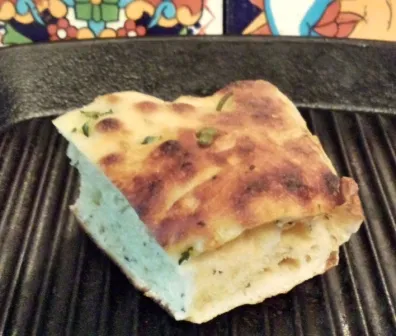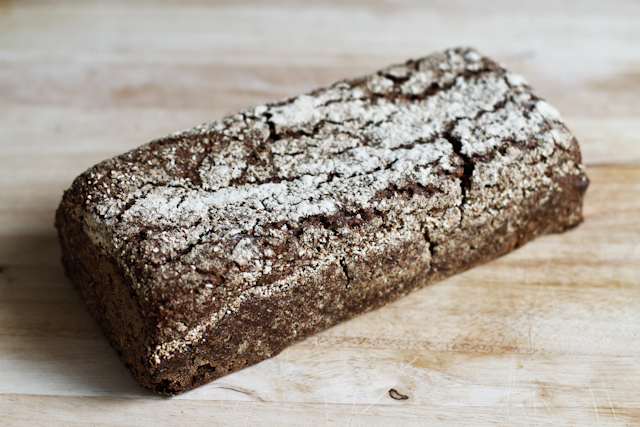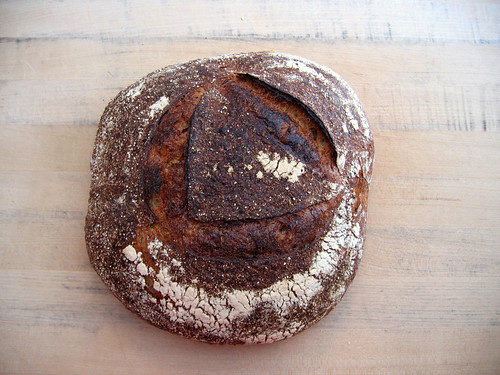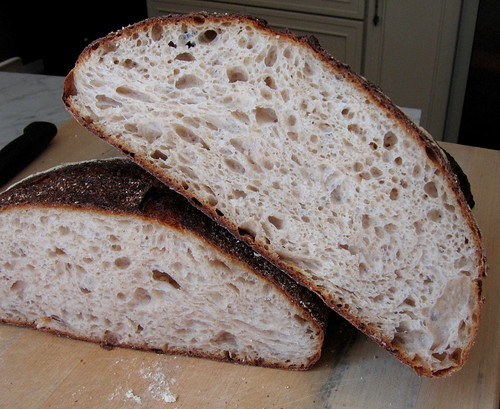SD Sandwich Loaf with Autolyse

This was an experiment to make a loaf ideal for toasting and to have a lightness of commercially "improved" bread leavened with just sourdough.
- Log in or register to post comments
- 8 comments
- View post
- mwilson's Blog











